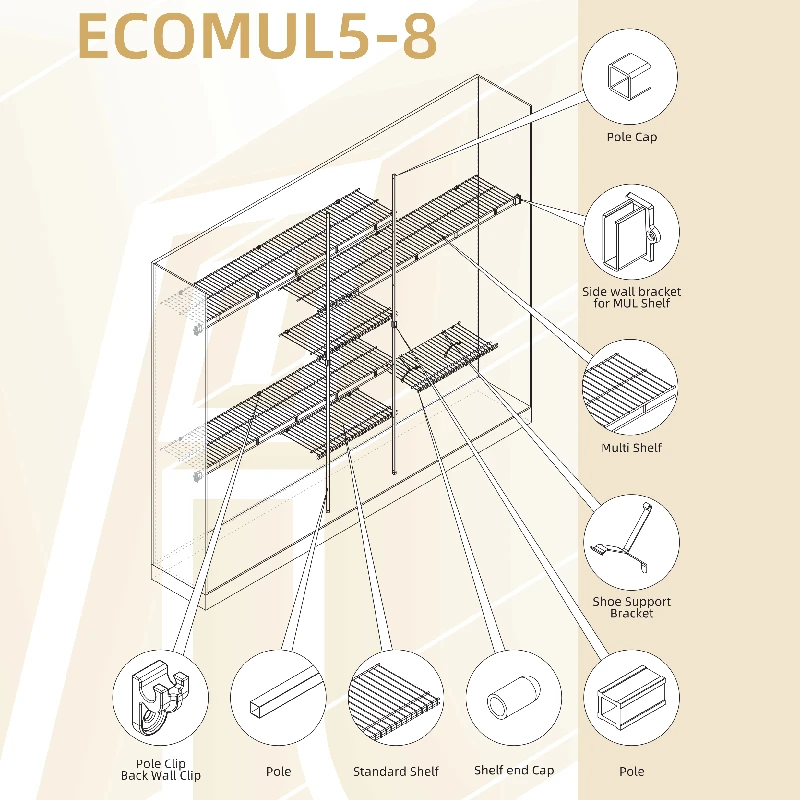gabion basket retaining wall
Oct . 30, 2024 13:26
Gabion Basket Retaining Walls A Sustainable Solution for Erosion Control
In the realm of construction and landscaping, retaining walls play a crucial role in managing soil erosion, stabilizing slopes, and creating level areas in hilly terrains. Among the various types of retaining walls, gabion basket walls have gained popularity due to their versatility, environmental benefits, and ease of installation.
What are Gabion Baskets?
Gabion baskets are wire mesh structures filled with rocks, stones, or other durable materials. They are typically rectangular or cubic in shape and come in various sizes. The wire mesh is often made of galvanized steel, which provides excellent corrosion resistance and longevity. Once filled with heavy materials, they create a solid and stable structure that can effectively retain earth and resist water flow.
Advantages of Gabion Basket Retaining Walls
1. Erosion Control One of the primary functions of gabion basket retaining walls is to prevent soil erosion. The weight of the filled baskets helps to hold back soil, while the gaps in the wire mesh allow water to drain through, reducing hydraulic pressure and enhancing stability.
2. Aesthetic Appeal Gabion walls can be designed to blend seamlessly with the natural environment. By choosing stones that match the local geology or using decorative materials, these walls can add visual interest and complement landscaping features.
3. Sustainability Gabion basket walls are considered an environmentally friendly option. They utilize natural materials for filling, such as local stone, which reduces the carbon footprint associated with transporting materials. Moreover, the porous nature of gabions encourages vegetation growth over time, promoting biodiversity.
4. Cost-Effective Compared to conventional retaining walls made from concrete or masonry, gabion baskets can be more economical. The materials are often sourced locally, and the installation process is straightforward, requiring less skilled labor.
gabion basket retaining wall

5. Flexibility and Adaptability Gabion walls can be constructed in various shapes and sizes, making them suitable for a wide range of applications. They can be stacked to create higher walls or shaped to follow the contours of the land, providing flexibility in design.
Installation Process
The installation of gabion basket retaining walls typically involves a few key steps
1. Site Preparation Before starting the construction, the site must be cleared and leveled. This may involve grading the soil to ensure stability.
2. Foundation Creation A solid foundation is crucial for the longevity of the retaining wall. A trench is usually dug to accommodate the base of the gabions.
3. Constructing the Gabions The wire mesh baskets are assembled and positioned in the desired location. They are then filled with stones, which can be done manually or using machinery for larger projects.
4. Finishing Touches Once the gabions are filled and stacked as needed, the wall can be finished with topsoil and vegetation or left as-is for a more rustic appearance.
Conclusion
Gabion basket retaining walls present an innovative and sustainable solution for managing erosion and stabilizing slopes. Their numerous advantages, from cost-effectiveness to aesthetic versatility, make them an appealing choice for both commercial and residential projects. As the world embraces greener building practices, gabion walls are likely to remain a popular and effective option for landscape and civil engineering applications.




















